Search results for null
Books
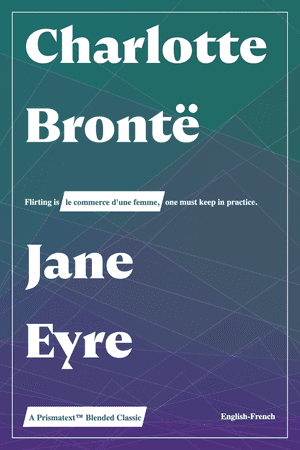
Jane Eyre: An Autobiography
Charlotte Brontë
From Wikipedia:
Jane Eyre (/ɛər/ AIR; originally published as Jane Eyre: An Autobiography) is a novel by the English writer Charlotte Brontë. It was published under her pen name "Currer Bell" on 19 October 1847 by Smith, Elder & Co. of London. The first American edition was published the following year by Harper & Brothers of New York. Jane Eyre is a Bildungsroman which follows the experiences of its eponymous heroine, including her growth to adulthood and her love for Mr Rochester, the brooding master of Thornfield Hall.
The novel revolutionised prose fiction by being the first to focus on its protagonist's moral and spiritual development through an intimate first-person narrative, where actions and events are coloured by a psychological intensity. Charlotte Brontë has been called the "first historian of the private consciousness", and the literary ancestor of writers like Marcel Proust and James Joyce.
The book contains elements of social criticism with a strong sense of Christian morality at its core, and it is considered by many to be ahead of its time because of Jane's individualistic character and how the novel approaches the topics of class, sexuality, religion, and feminism. It, along with Jane Austen's Pride and Prejudice, is one of the most famous romance novels.
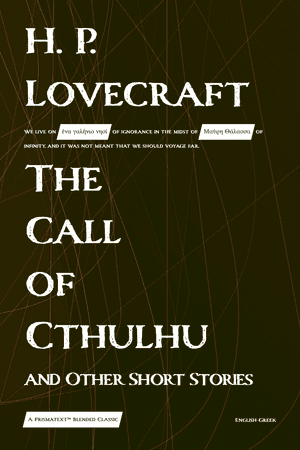
The Call of Cthulhu and Other Short Stories
H. P. Lovecraft
Spawning a horror sub-genre bearing his namesake, H. P. Lovecraft turned contemporary horror fiction on its many-tentacled head, popularizing contemporary tropes in science fiction, spirituality, and alternate histories.
This collection includes:
- The Dunwich Horror
- The Dream-Quest of Unknown Kadath
- The Call of Cthulhu
- The Shunned House
- The Shadow Out of Time
- The Shadow Over Innsmouth

The Arabian Nights
Kate Wiggin
Spanning continents and centuries, The Arabian Nights has captured the imagination and intrigue of cultures around the world with its tales of swashbuckling pirates, clever genies, and enchanted animals.
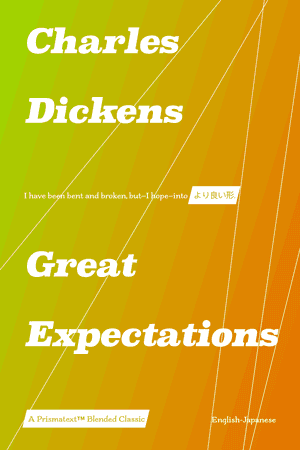
Great Expectations
Charles Dickens
From Wikipedia:
Great Expectations is the thirteenth novel by Charles Dickens and his penultimate completed novel. It depicts the education of an orphan nicknamed Pip (the book is a Bildungsroman, a coming-of-age story). It is Dickens' second novel, after David Copperfield, to be fully narrated in the first person. The novel was first published as a serial in Dickens's weekly periodical All the Year Round, from 1 December 1860 to August 1861. In October 1861, Chapman & Hall published the novel in three volumes.
The novel is set in Kent and London in the early to mid-19th century and contains some of Dickens's most celebrated scenes, starting in a graveyard, where the young Pip is accosted by the escaped convict Abel Magwitch. Great Expectations is full of extreme imagery—poverty, prison ships and chains, and fights to the death—and has a colourful cast of characters who have entered popular culture. These include the eccentric Miss Havisham, the beautiful but cold Estella, and Joe Gargery, the unsophisticated and kind blacksmith. Dickens's themes include wealth and poverty, love and rejection, and the eventual triumph of good over evil. Great Expectations, which is popular with both readers and literary critics, has been translated into many languages and adapted numerous times into various media.
Upon its release, the novel received near-universal acclaim. Although Dickens's contemporary Thomas Carlyle referred to it disparagingly as "that Pip nonsense", he nevertheless reacted to each fresh instalment with "roars of laughter". Later, George Bernard Shaw praised the novel, describing it as "all of one piece and consistently truthful". During the serial publication, Dickens was pleased with public response to Great Expectations and its sales;[ when the plot first formed in his mind, he called it "a very fine, new and grotesque idea".
In the 21st century, the novel retains good standing among literary critics and in 2003 it was ranked 17th on the BBC's The Big Read poll.
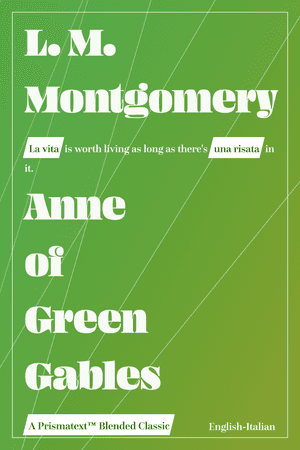
Anne of Green Gables
L. Montgomery
From Wikipedia:
Anne of Green Gables is a 1908 novel by Canadian author Lucy Maud Montgomery (published as L. M. Montgomery). Written for all ages, it has been considered a classic children's novel since the mid-20th century. Set in the late 19th century, the novel recounts the adventures of 11 year old orphan girl Anne Shirley sent by mistake to two middle-aged siblings, Matthew and Marilla Cuthbert, who had originally intended to adopt a boy to help them on their farm in the fictional town of Avonlea in Prince Edward Island, Canada. The novel recounts how Anne makes her way through life with the Cuthberts, in school, and within the town.
Since its publication, Anne of Green Gables has been translated into at least 36 languages and has sold more than 50 million copies, making it one of the best-selling books worldwide. It was the first of many novels; Montgomery wrote numerous sequels, and since her death another sequel has been published, as well as an authorized prequel titled Before Green Gables. This prequel was written in 2008 by Budge Wilson to celebrate the 100th anniversary of the book series. The original book is taught to students around the world.
The book has been adapted as films, television films, and animated and live-action television series. Musicals and plays have also been created, with productions annually in Canada, Europe and Japan.
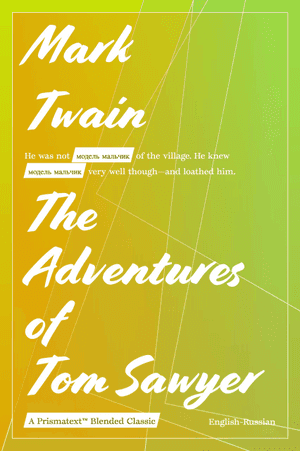
The Adventures of Tom Sawyer
Mark Twain
From Wikipedia:
The Adventures of Tom Sawyer (also simply known as Tom Sawyer) is an 1876 novel by Mark Twain about a boy growing up along the Mississippi River. It is set in the 1840s in the town of St. Petersburg, which is based on Hannibal, Missouri, where Twain lived as a boy. In the novel, Tom Sawyer has several adventures, often with his friend Huckleberry Finn. Originally a commercial failure, the book ended up being the best selling of Twain's works during his lifetime. Though overshadowed by its 1884 sequel, Adventures of Huckleberry Finn, the book is considered by many to be a masterpiece of American literature. It was one of the first novels to be written on a typewriter.
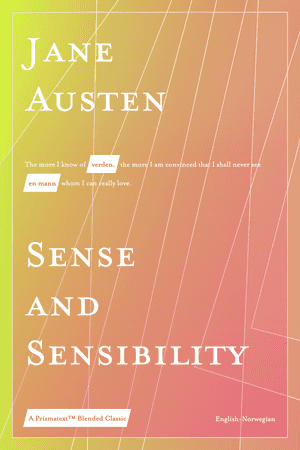
Sense and Sensibility
Jane Austen
From Wikipedia:
Sense and Sensibility is the first novel by the English author Jane Austen, published in 1811. It was published anonymously; By A Lady appears on the title page where the author's name might have been. It tells the story of the Dashwood sisters, Elinor (age 19) and Marianne (age 16½) as they come of age. They have an older half-brother, John, and a younger sister, Margaret (age 13).
The novel follows the three Dashwood sisters and their widowed mother as they are forced to leave the family estate at Norland Park and move to Barton Cottage, a modest home on the property of distant relative Sir John Middleton. There Elinor and Marianne experience love, romance, and heartbreak. The novel is set in South West England, London, and Sussex, probably between 1792 and 1797.
The novel, which sold out its first print run of 750 copies in the middle of 1813, marked a success for its author. It had a second print run later that year. It was the first Austen title to be republished in England after her death, and the first illustrated Austen book produced in Britain, in Richard Bentley's Standard Novels series of 1833.[2] The novel has been in continuous publication since 1811, and has many times been illustrated, excerpted, abridged, and adapted for stage, film, and television.
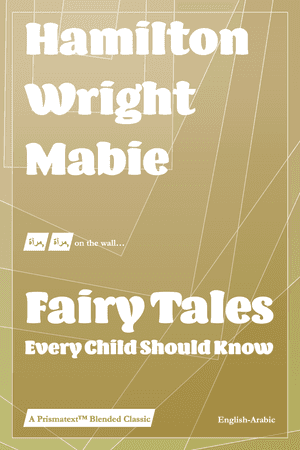
Fairy Tales Every Child Should Know
Hamilton Mabie
A massive collection of the most renowned fairy tales in history, including:
- One Eye, Two Eyes, Three Eyes
- The Magic Mirror
- The Enchanted Stag
- Hansel and Grethel
- The Story of Aladdin; or, The Wonderful Lamp
- The History of Ali Baba, and of The Forty Robbers Killed by One Slave
- The Second Voyage of Sindbad The Sailor
- The White Cat
- The Golden Goose
- The Twelve Brothers
- The Fair One With The Golden Locks
- Tom Thumb
- Blue Beard
- Cinderella; or, the Little Glass Slipper
- Puss in Boots
- The Sleeping Beauty in The Wood
- Jack and the Bean-Stalk
- Jack the Giant Killer
- Little Red Riding Hood
- The Three Bears
- The Princess on The Pea
- The Ugly Duckling
- The Light Princess
- Beauty and the Beast
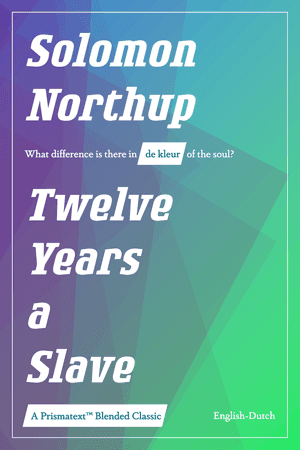
Twelve Years a Slave
Solomon Northup
From Wikipedia:
Twelve Years a Slave is an 1853 memoir and slave narrative by Solomon Northup as told to and written by David Wilson. Northup, a black man who was born free in New York state, details himself being tricked to go to Washington, D.C., where he was kidnapped and sold into slavery in the Deep South. He was in bondage for 12 years in Louisiana before he was able to secretly get information to friends and family in New York, who in turn secured his release with the aid of the state. Northup's account provides extensive details on the slave markets in Washington, D.C., and New Orleans, and describes at length cotton and sugar cultivation and slave treatment on major plantations in Louisiana.
The work was published eight years before the Civil War by Derby & Miller of Auburn, New York,[1] soon after Harriet Beecher Stowe's best-selling novel about slavery, Uncle Tom's Cabin (1852), to which it lent factual support. Northup's book, dedicated to Stowe, sold 30,000 copies, making it a bestseller in its own right.[3]
After being published in several editions in the 19th century and although later cited by specialist scholarly works on slavery in the United States, the memoir fell into public obscurity for nearly 100 years. It was re-discovered on separate occasions by two Louisiana historians, Sue Eakin (Louisiana State University at Alexandria) and Joseph Logsdon (University of New Orleans).[4] In the early 1960s, they researched and retraced Solomon Northup's journey[5] and co-edited a historically annotated version that was published by Louisiana State University Press (1968).[6]
The memoir has been adapted as two film versions, produced as the 1984 PBS television film Solomon Northup's Odyssey and the 2013 film 12 Years a Slave, which won multiple Oscars including Best Picture.
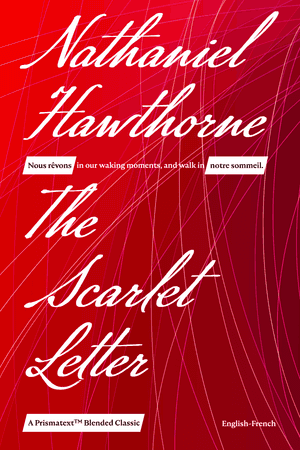
The Scarlet Letter: A Romance
Nathaniel Hawthorne
From Wikipedia:
The Scarlet Letter: A Romance is a work of historical fiction by American author Nathaniel Hawthorne, published in 1850. Set in the Puritan Massachusetts Bay Colony during the years 1642 to 1649, the novel tells the story of Hester Prynne, who conceives a daughter with a man to whom she is not married and then struggles to create a new life of repentance and dignity. As punishment, she must wear a scarlet letter 'A' (for "adultery"). Containing a number of religious and historic allusions, the book explores themes of legalism, sin and guilt.
The Scarlet Letter was one of the first mass-produced books in the United States. It was popular when first published and is considered a classic work of American literature. The novel has inspired numerous film, television, and stage adaptations. Critics have described The Scarlet Letter as a masterwork, and novelist D. H. Lawrence called it a "perfect work of the American imagination".
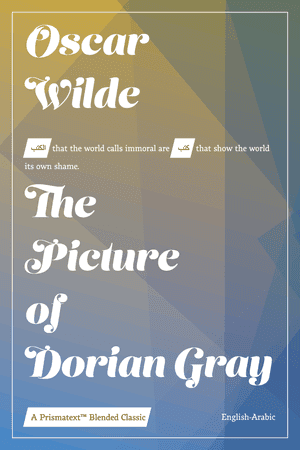
The Picture of Dorian Gray
Oscar Wilde
From Wikipedia:
The Picture of Dorian Gray is a philosophical novel by Irish writer Oscar Wilde. A shorter novella-length version was published in the July 1890 issue of the American periodical Lippincott's Monthly Magazine. The novel-length version was published in April 1891.
The story revolves around a portrait of Dorian Gray painted by Basil Hallward, a friend of Dorian's and an artist infatuated with Dorian's beauty. Through Basil, Dorian meets Lord Henry Wotton and is soon enthralled by the aristocrat's hedonistic worldview: that beauty and sensual fulfillment are the only things worth pursuing in life. Newly understanding that his beauty will fade, Dorian expresses the desire to sell his soul, to ensure that the picture, rather than he, will age and fade. The wish is granted, and Dorian pursues a libertine life of varied amoral experiences while staying young and beautiful; all the while, his portrait ages and visually records every one of Dorian's sins.
Wilde's only novel, it was subject to much controversy and criticism in its time but has come to be recognized as a classic of Gothic literature.
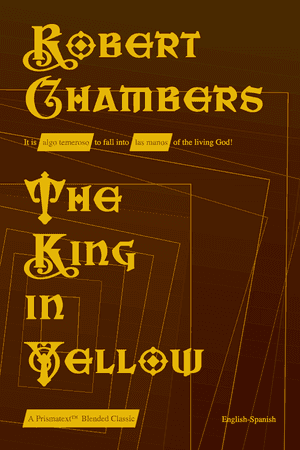
The King in Yellow
Robert Chambers
from Wikipedia:
The King in Yellow is a book of short stories by American writer Robert W. Chambers, first published by F. Tennyson Neely in 1895.[2] The British first edition was published by Chatto & Windus in 1895 (316 pages).[3]
The book contains nine short stories and a sequence of poems; while the first stories belong to the genres of supernatural horror and weird fiction, The King in Yellow progressively transitions towards a more light-hearted tone, ending with romantic stories devoid of horror or supernatural elements.[4] The horror stories are highly esteemed, and it has been described by critics such as E. F. Bleiler and T. E. D. Klein as a classic in the field of the supernatural.[5][6] Lin Carter called it "an absolute masterpiece, probably the single greatest book of weird fantasy written in this country between the death of Poe and the rise of Lovecraft", and it was an influence on Lovecraft himself.[7]
The book is named for the eponymous play-within-the-stories which recurs as a motif through the first four stories, a forbidden play which induces madness in those who read it.[5]